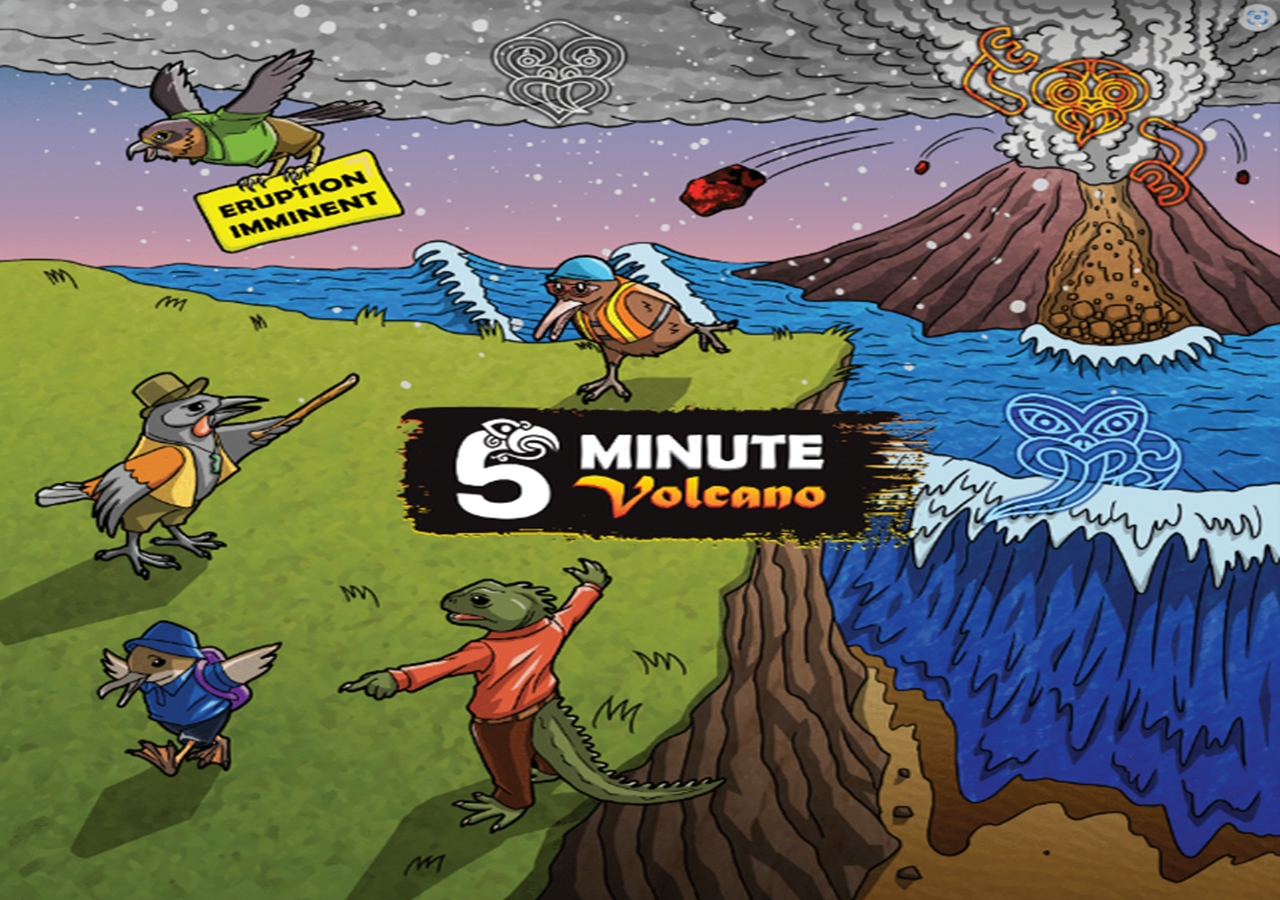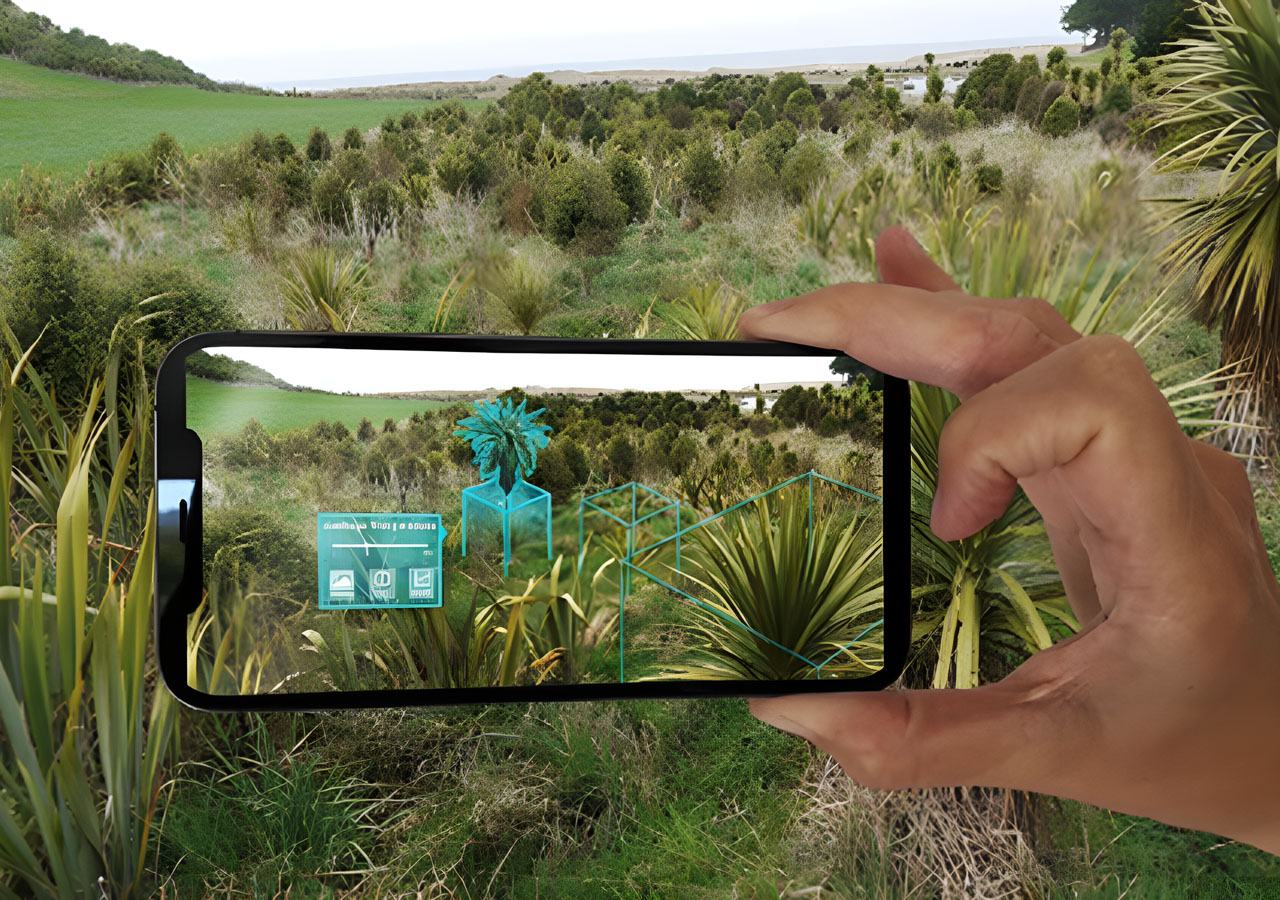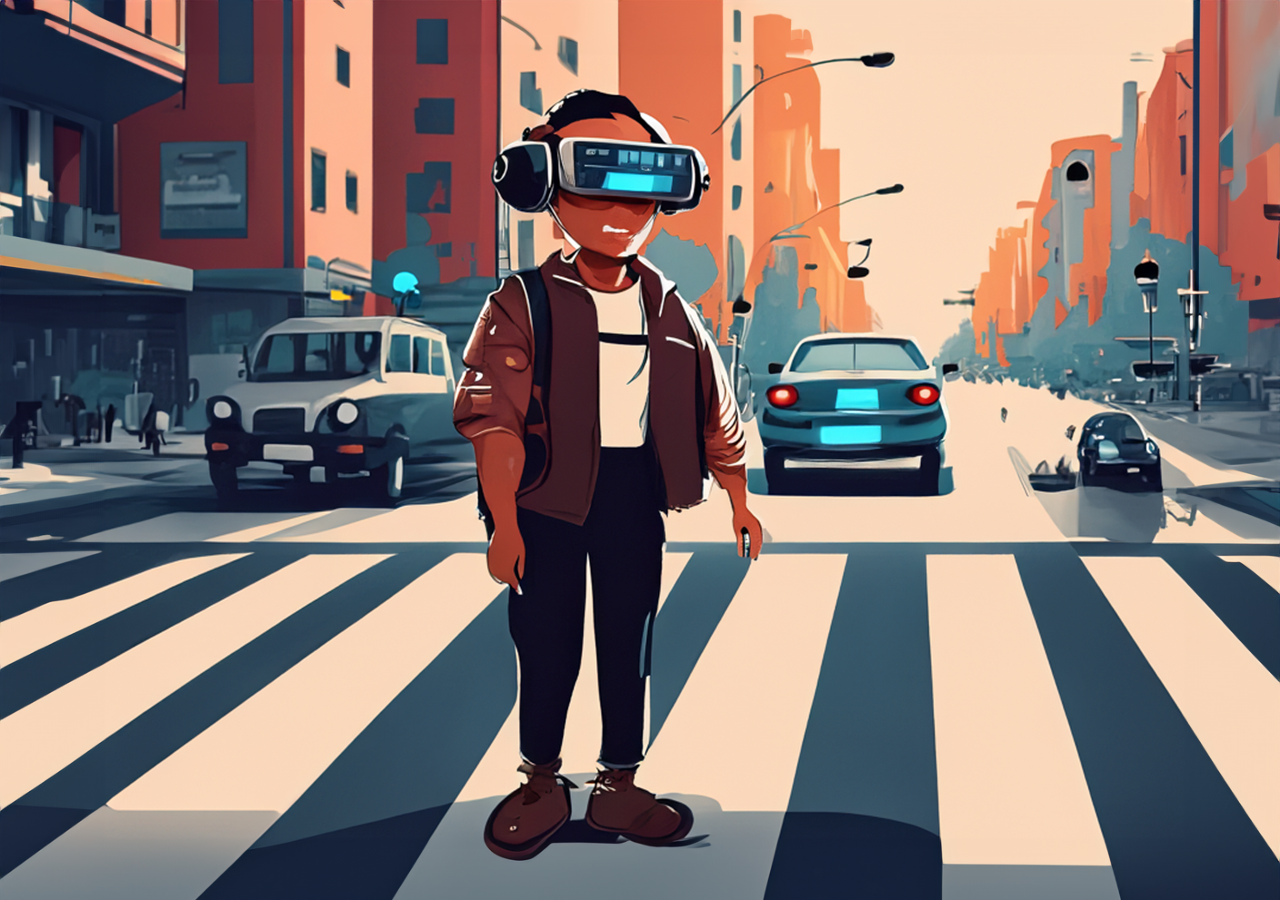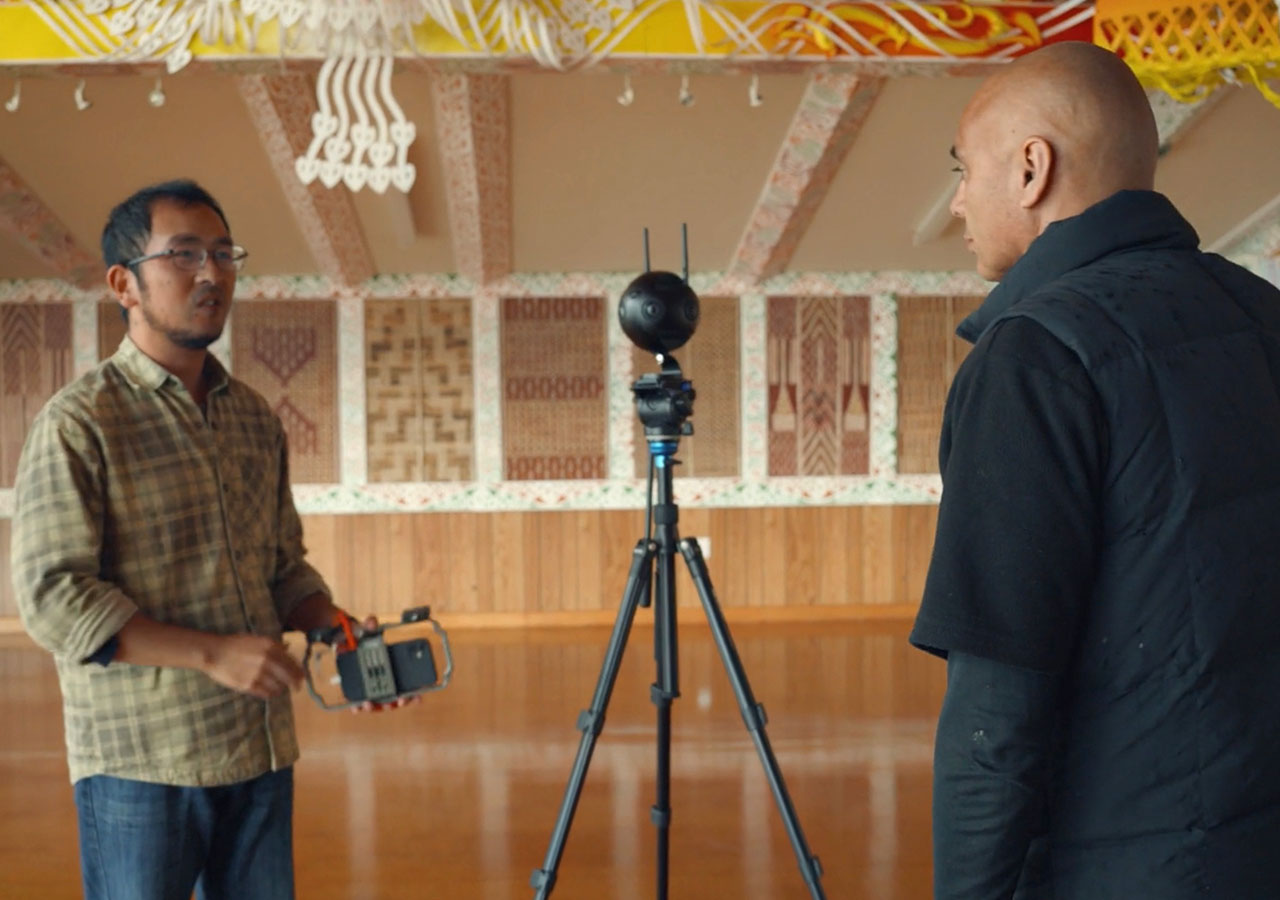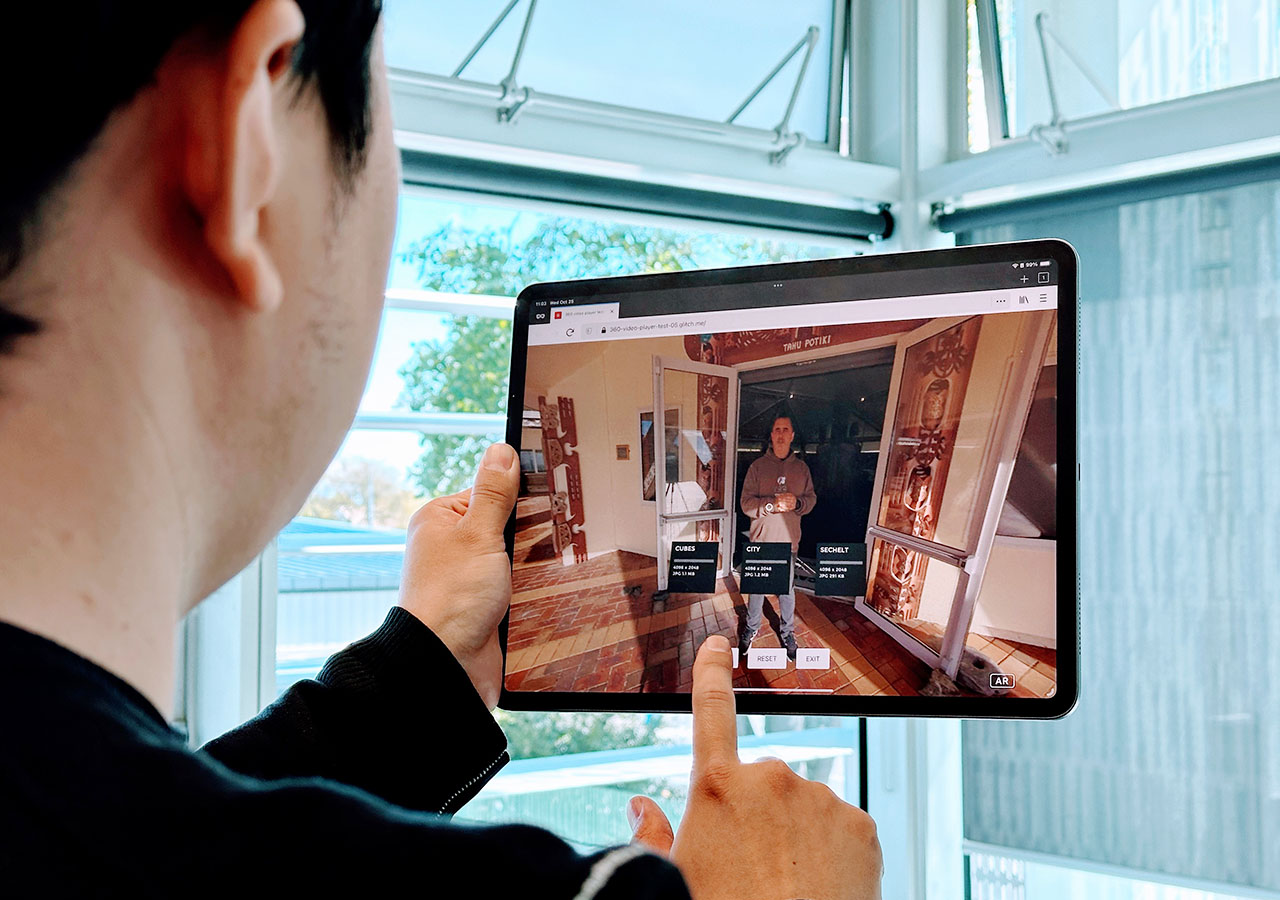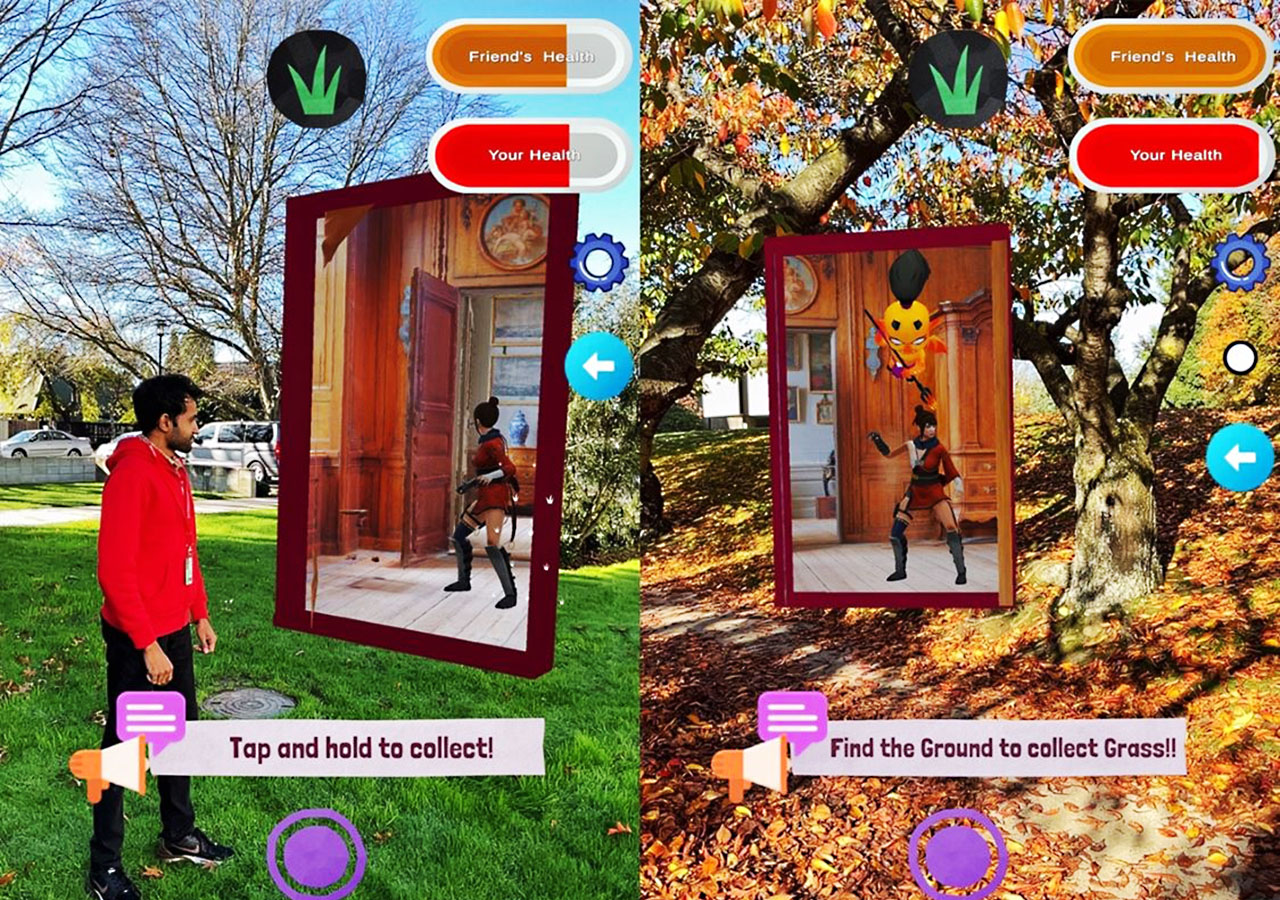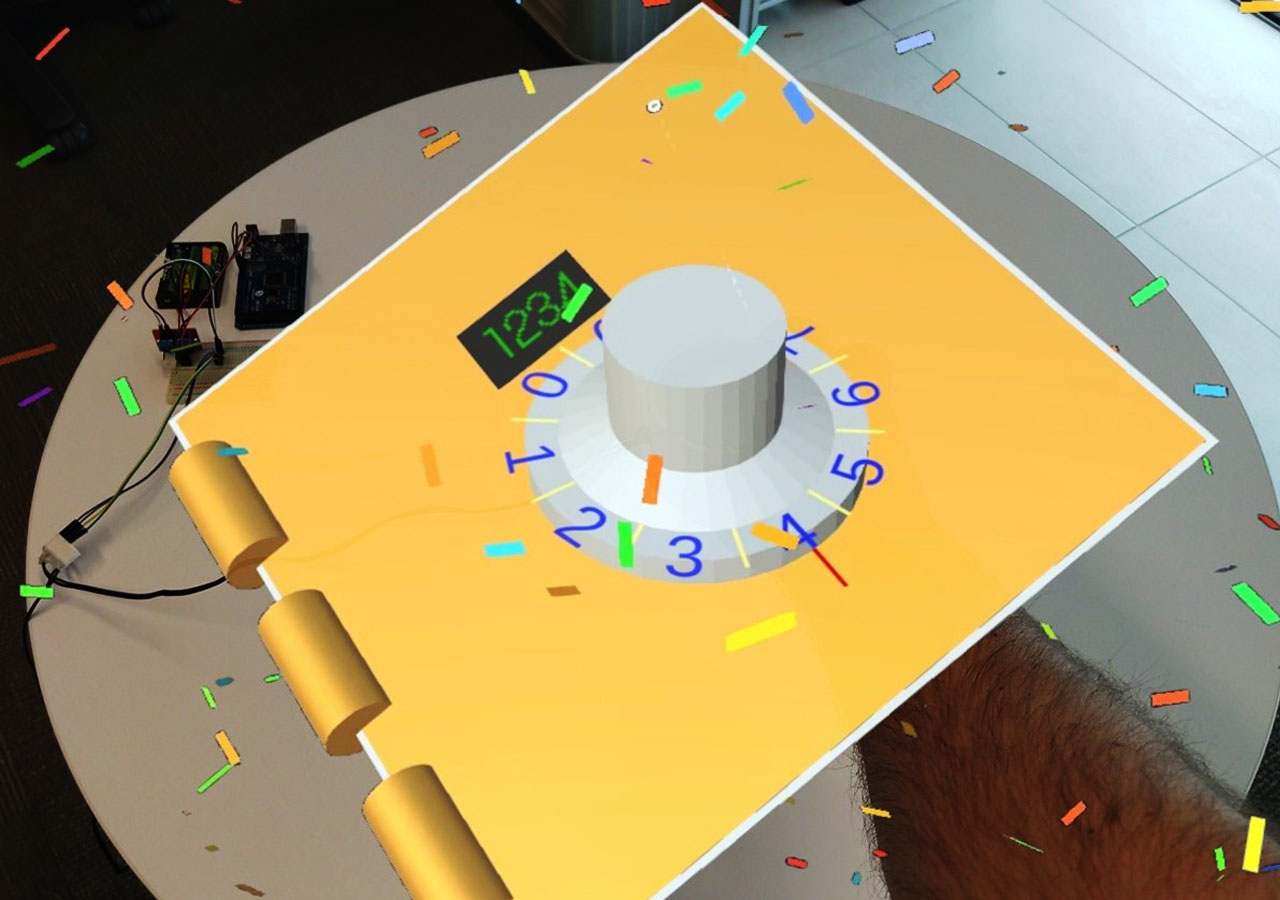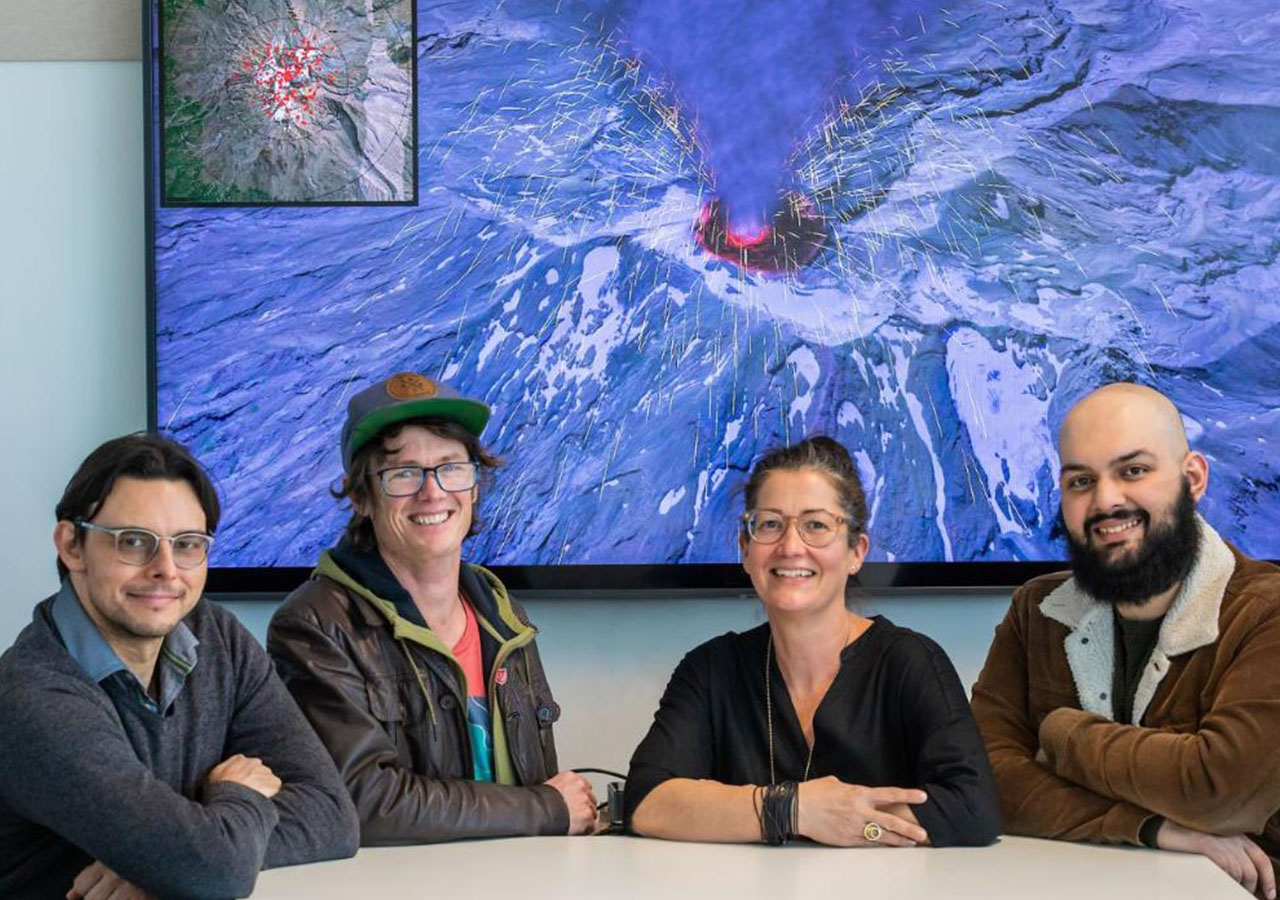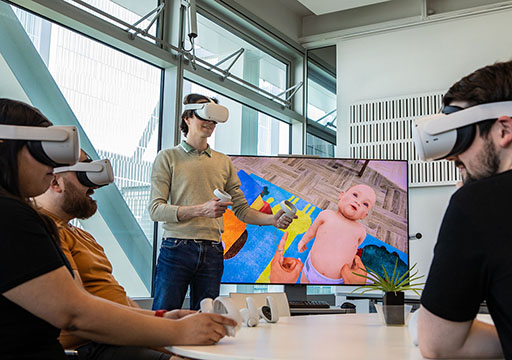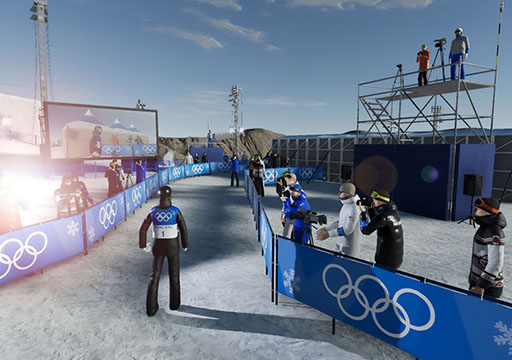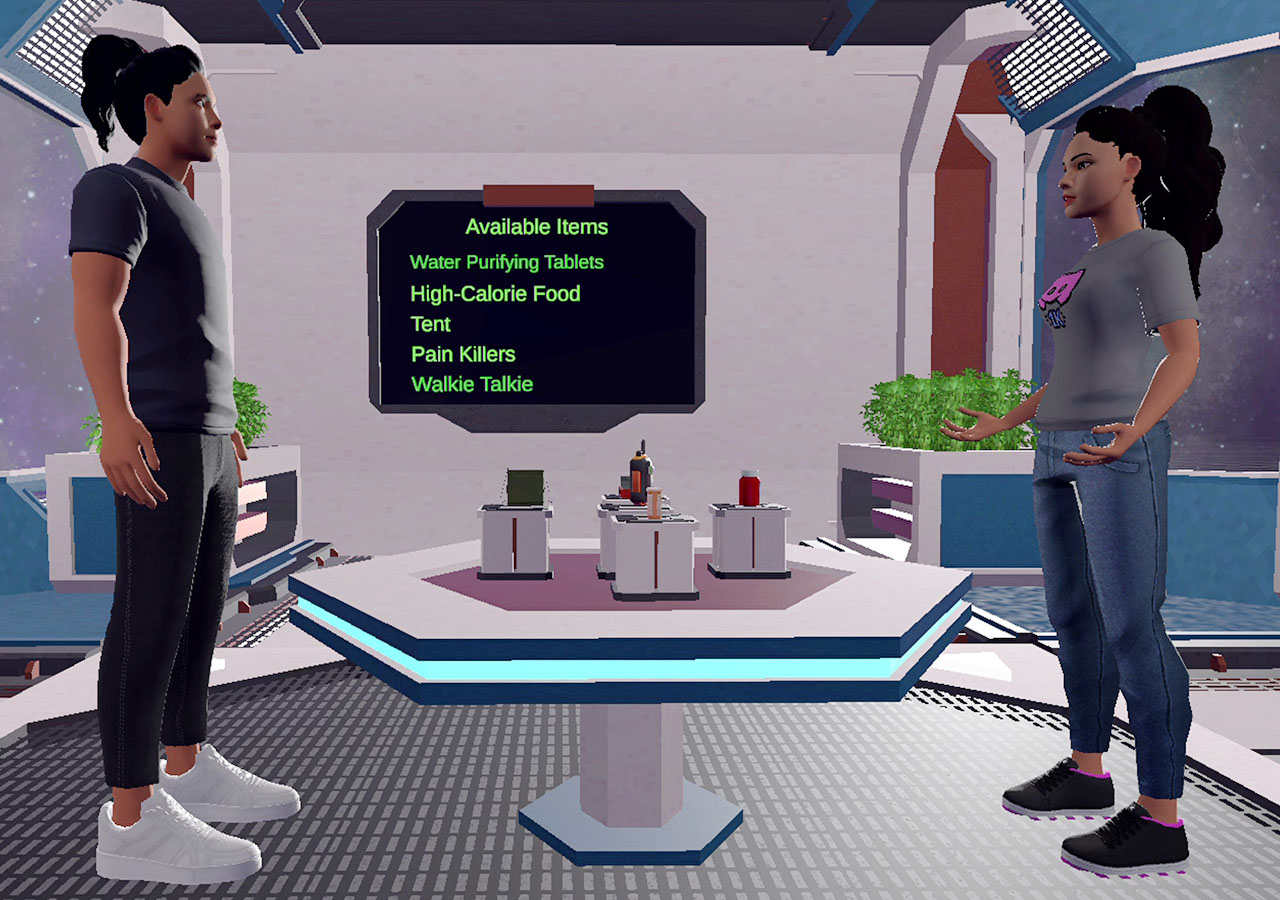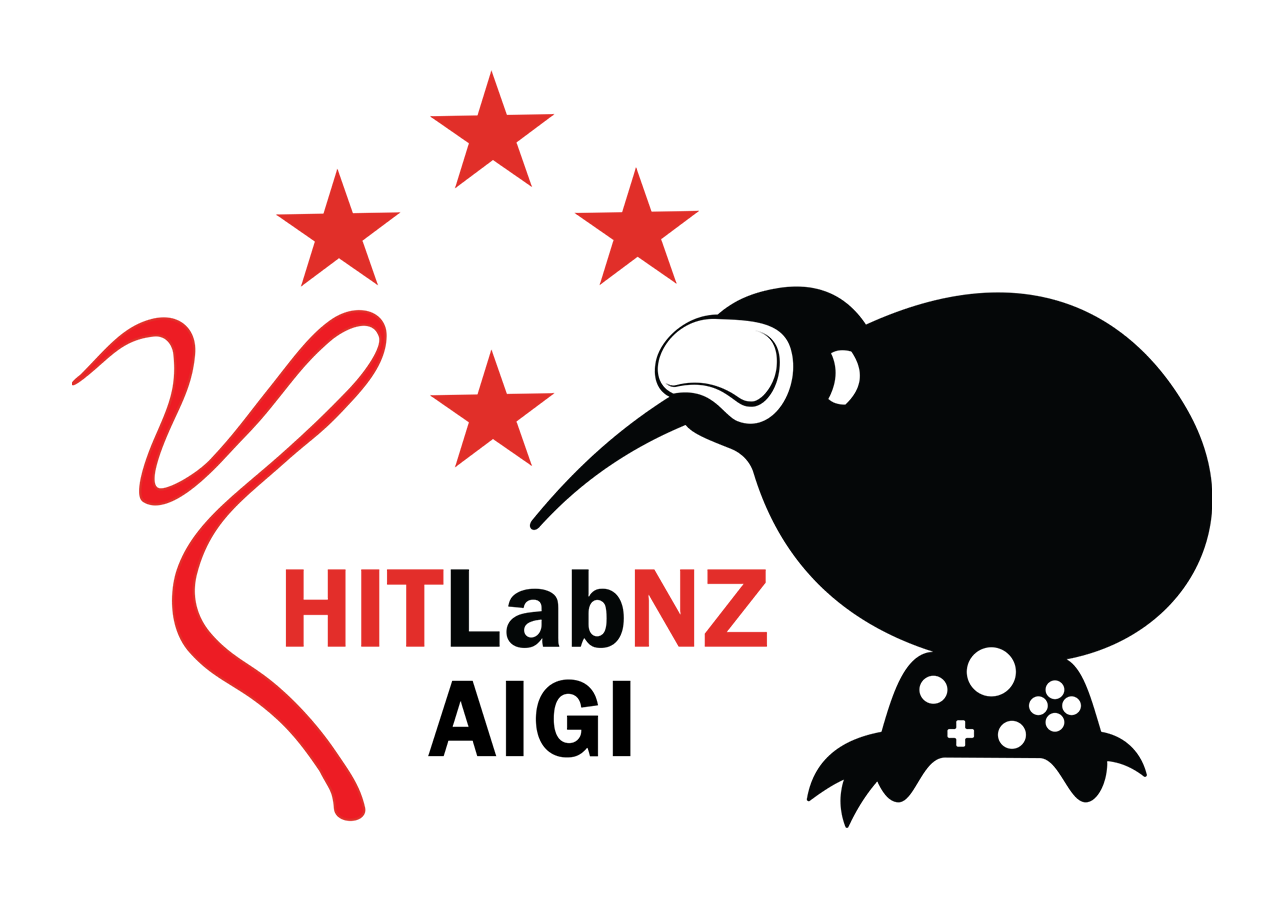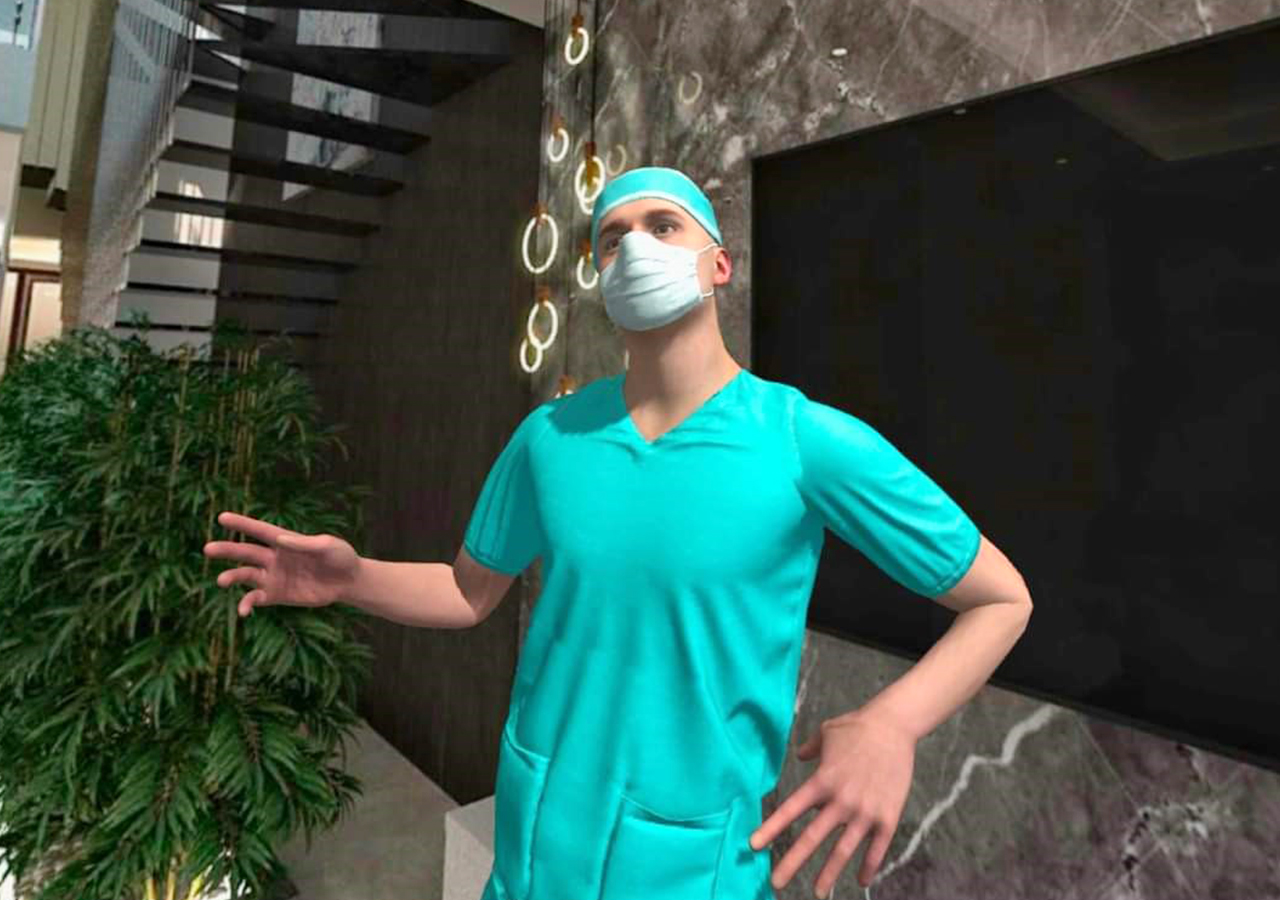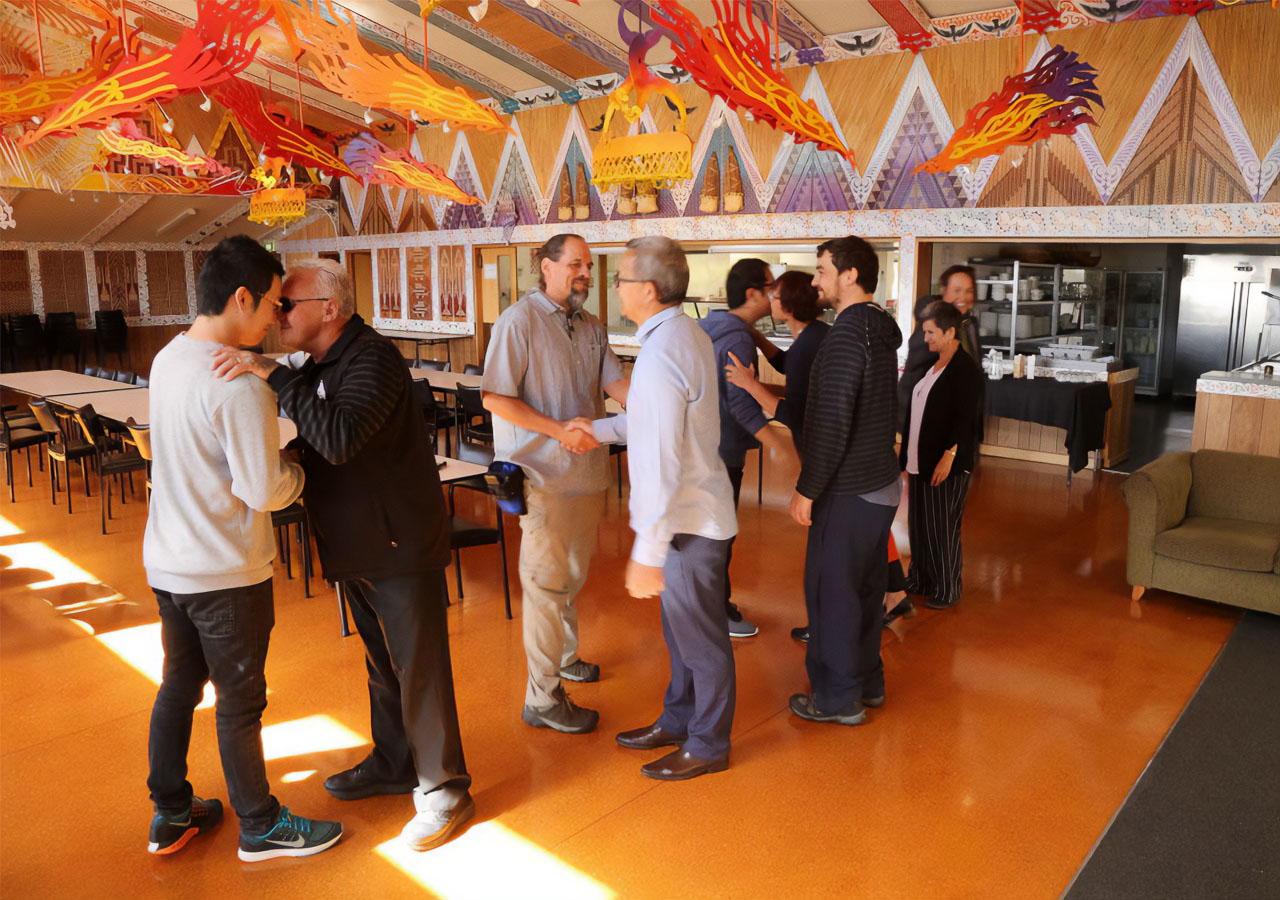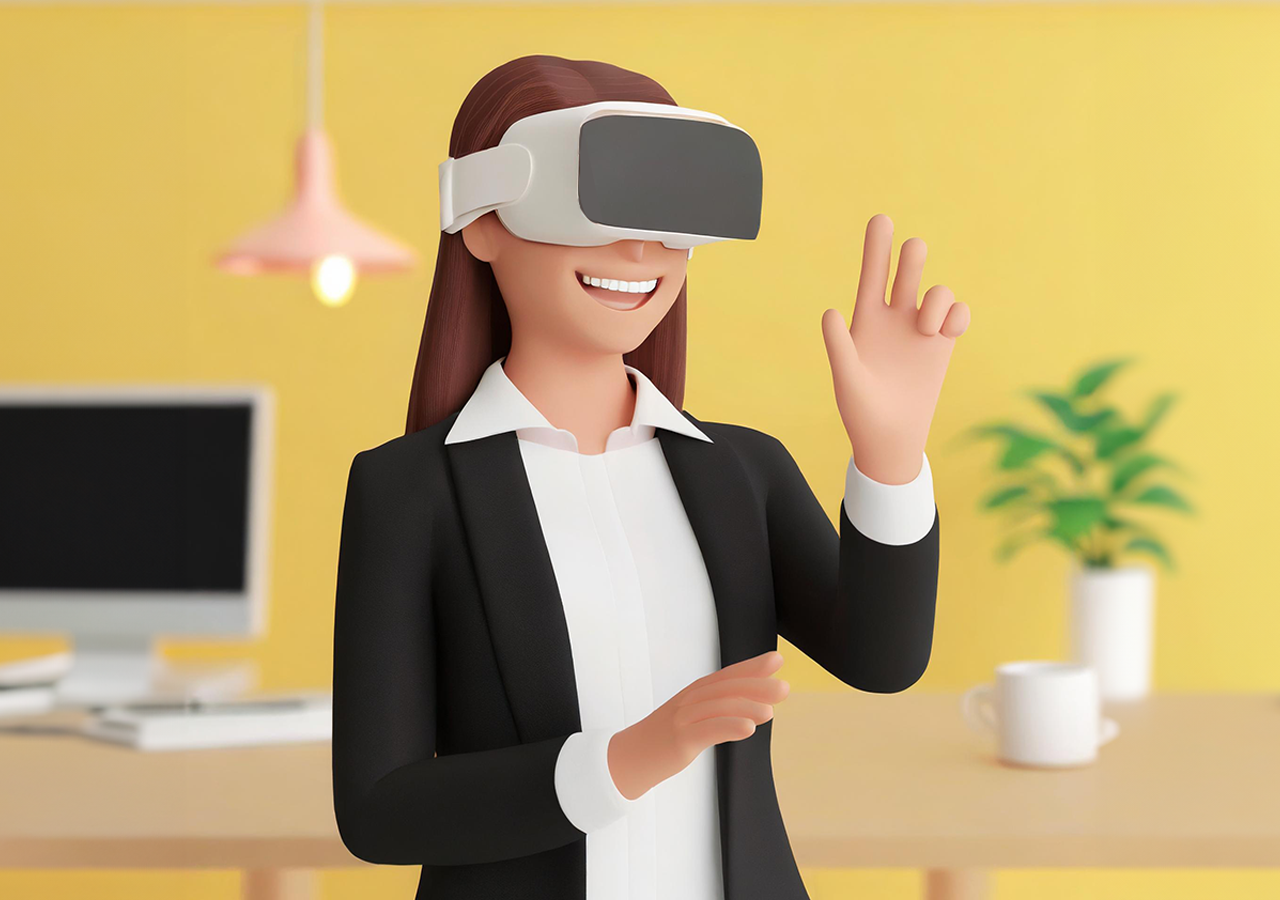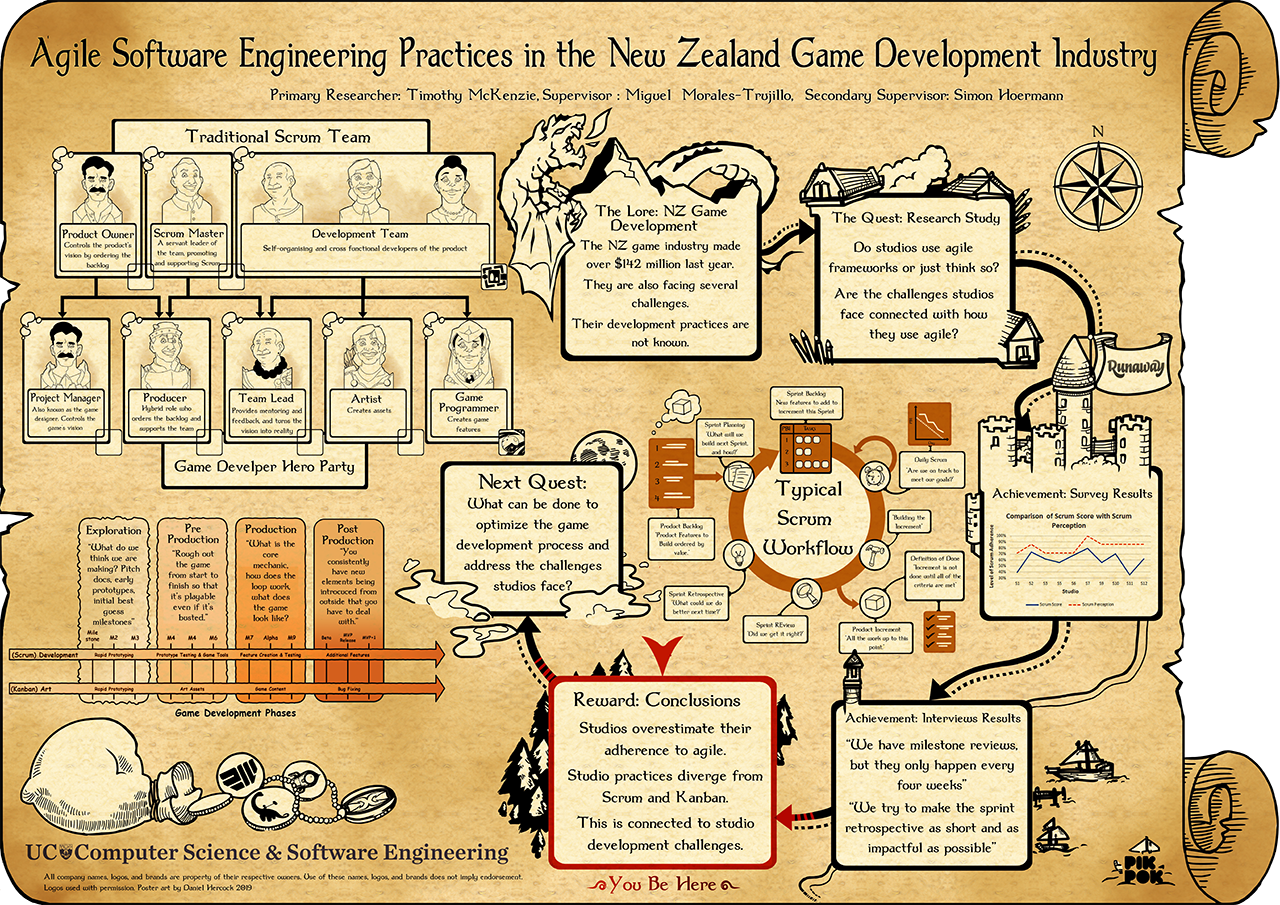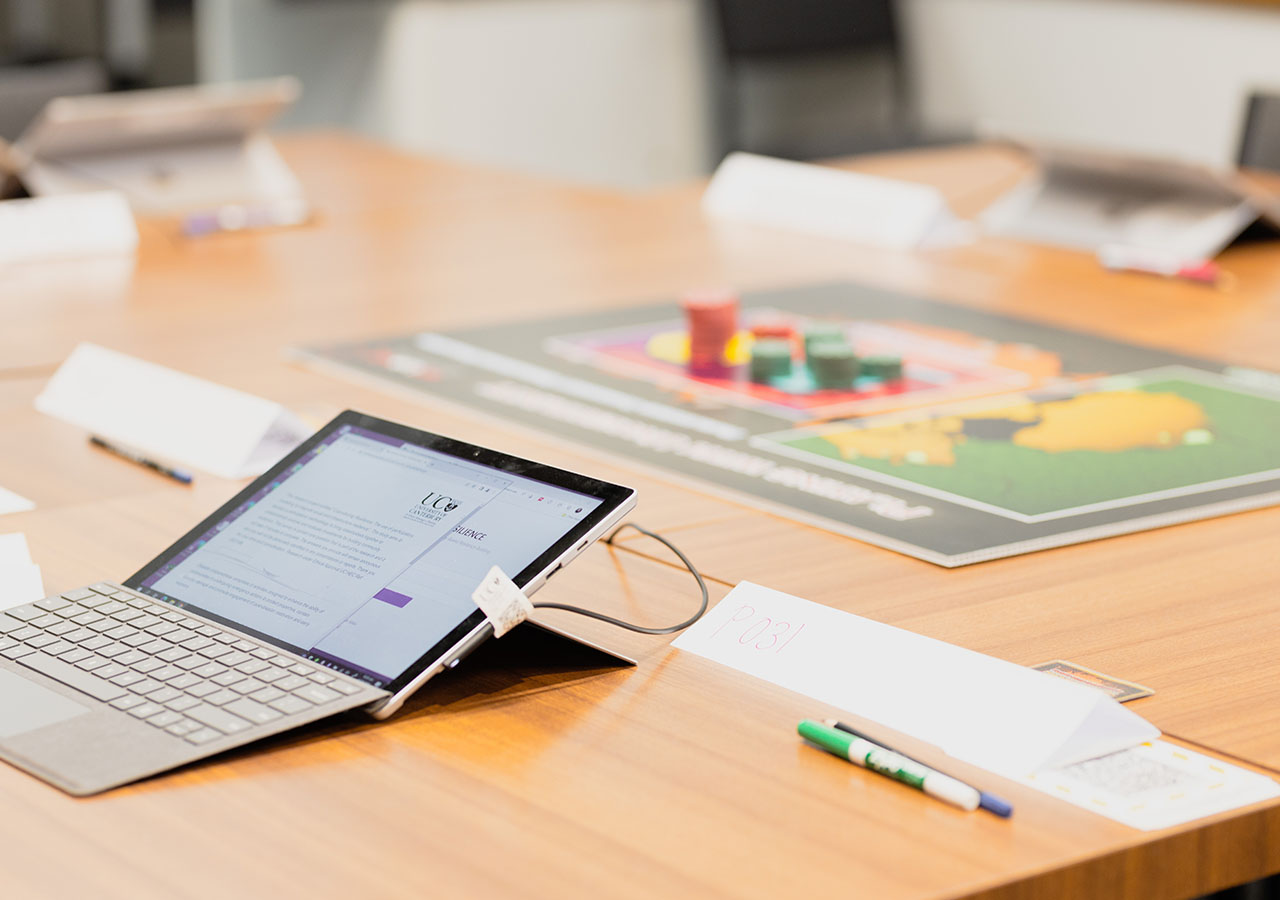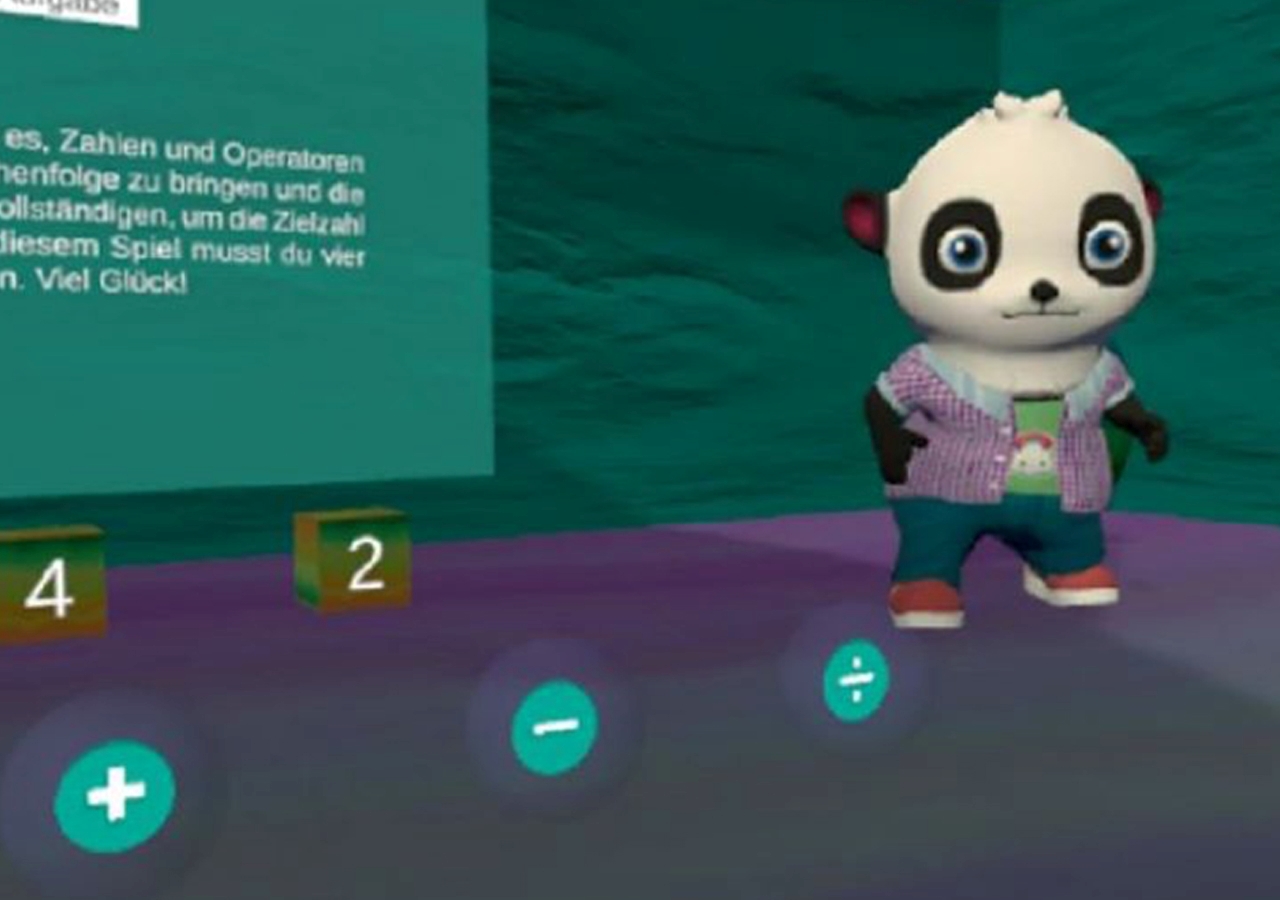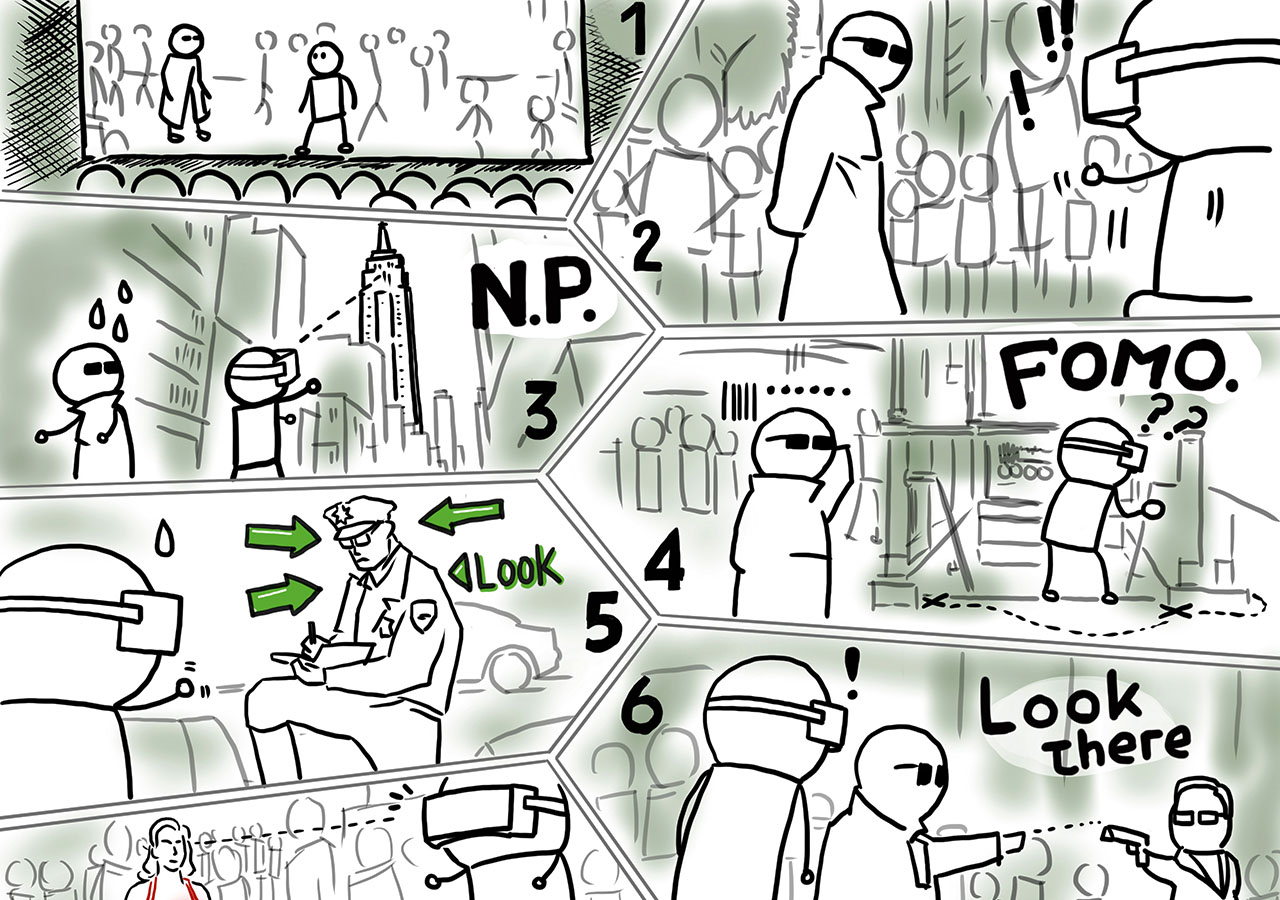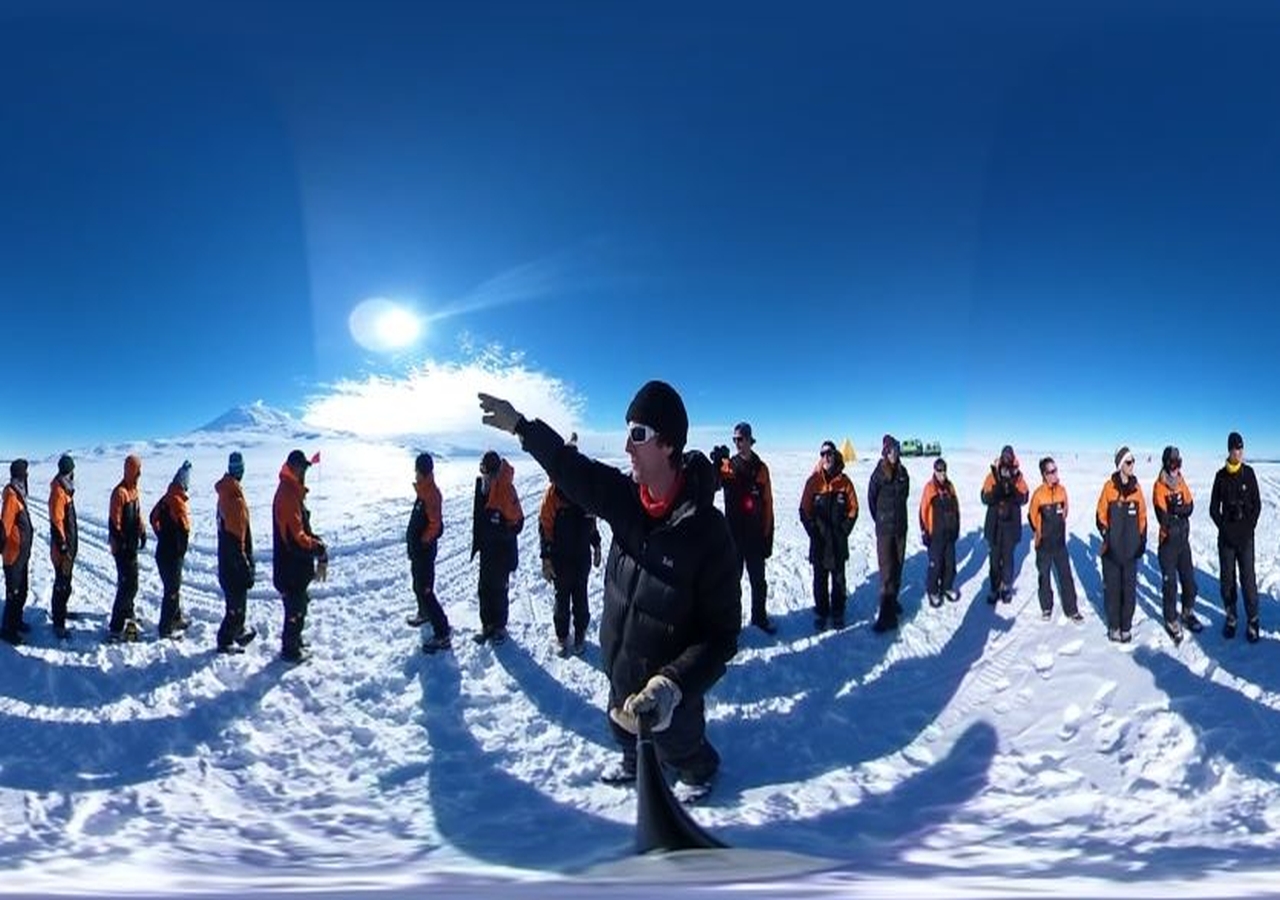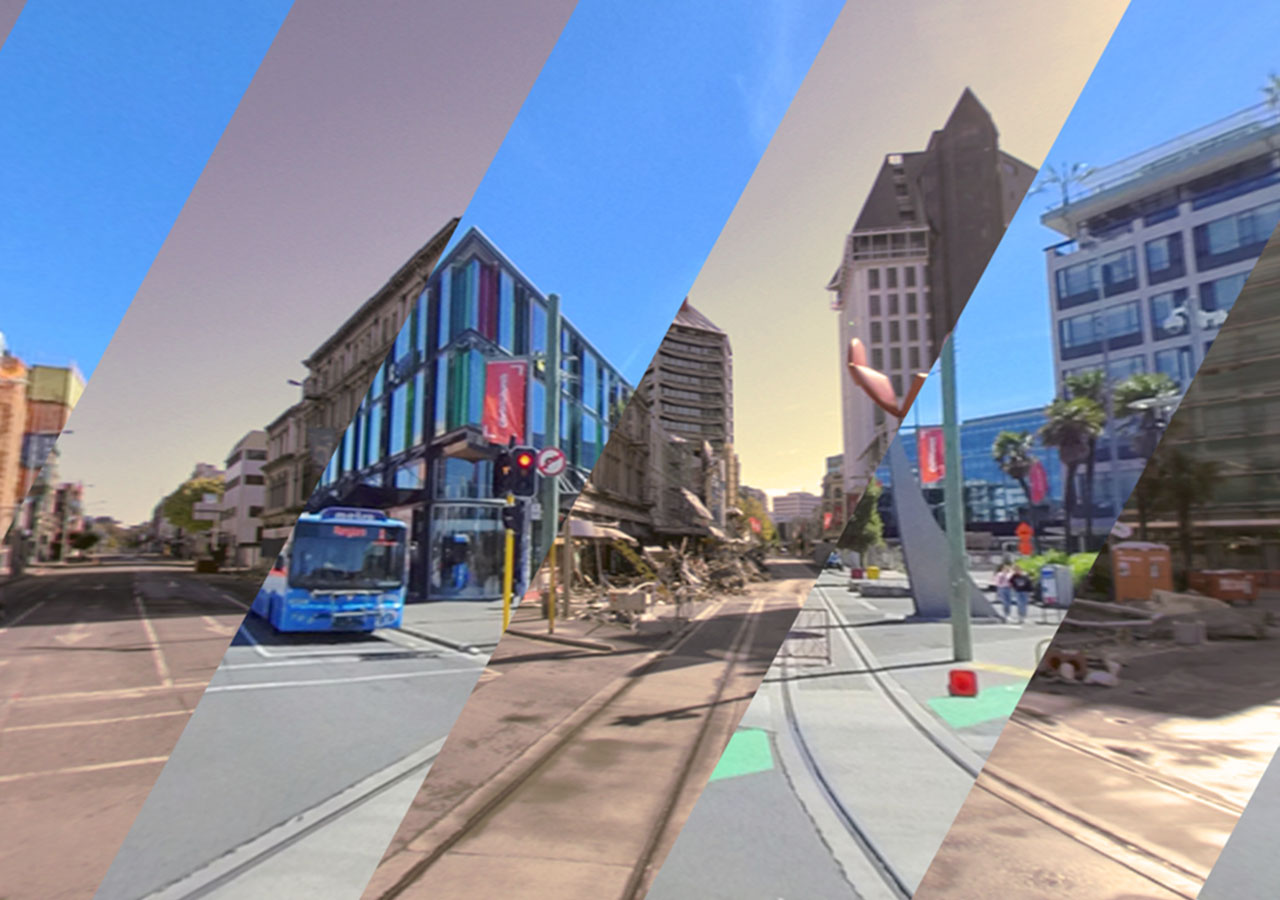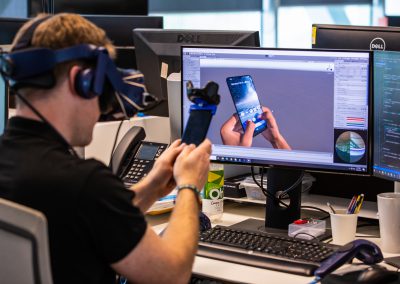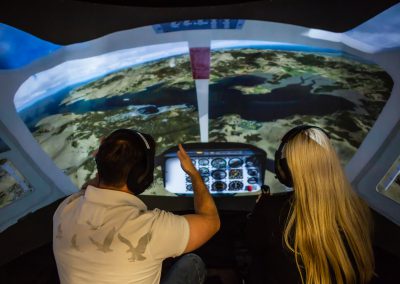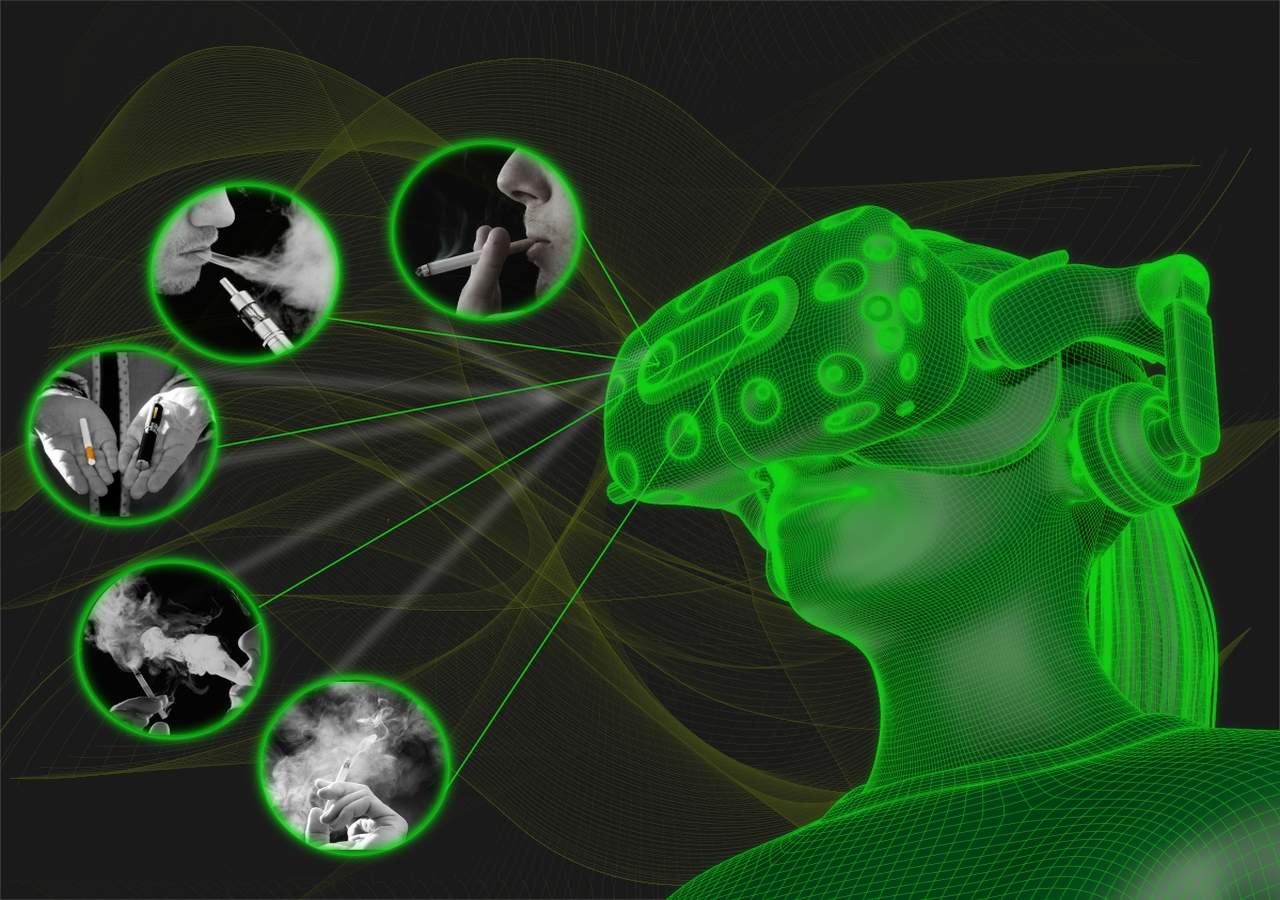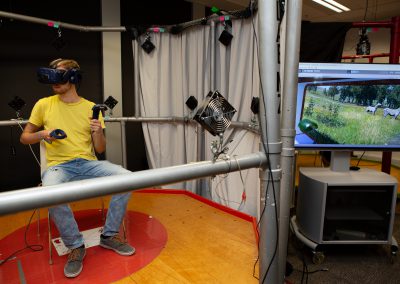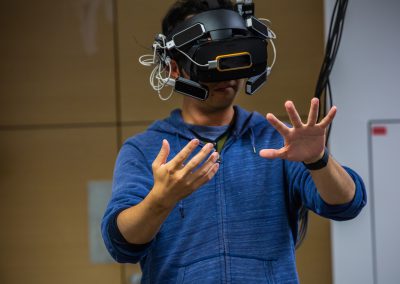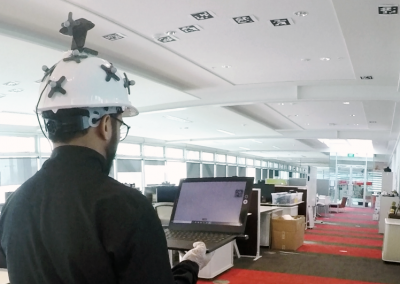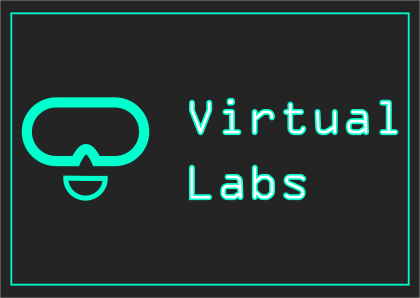HIT Lab NZ Research
Human Interface Technology takes a human-centred approach to the analysis, design, and development of interactive technologies to improve the human experience and to meet users’ needs. As the largest interaction lab in New Zealand, HIT Lab NZ’s research focuses on the intersection between people and technology. Our international, multidisciplinary research group have expertise in:
-
- Virtual, Augmented, and Mixed Reality
- Applied Games Design and Development
- Haptic Feedback
- (Socially) Intelligent Virtual Agents
- Human Augmentation
- Artificial Intelligence
Research Publications and Outputs
Potential Research Partners
HIT Lab NZ engages with partners from industry, academia, and government, both nationally and internationally. We collaborate with many sectors including education and training, health, high performance sport, disaster management, gaming, transportation, tourism, and construction.
To discuss research projects working with our students, collaboration opportunities, or consultancies:
-
- Read our Engaging with HIT Lab NZ fact sheet
- Email us at info@hitlabnz.org




